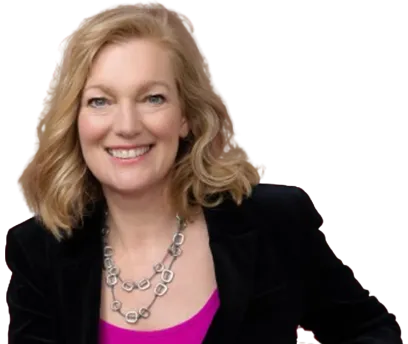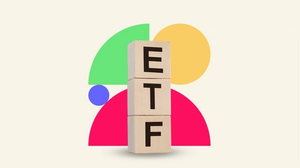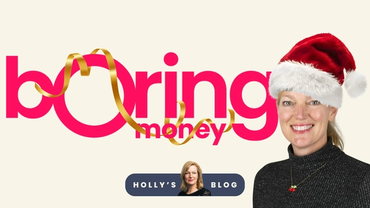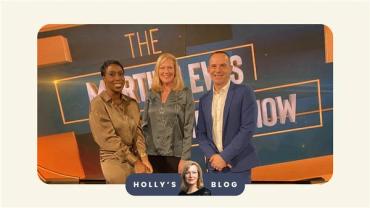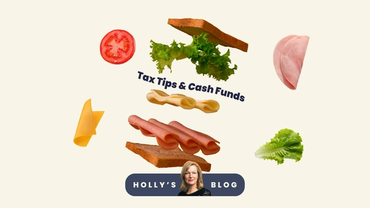The Big Short Summer
By Holly Mackay, Founder & CEO
18 Aug, 2023
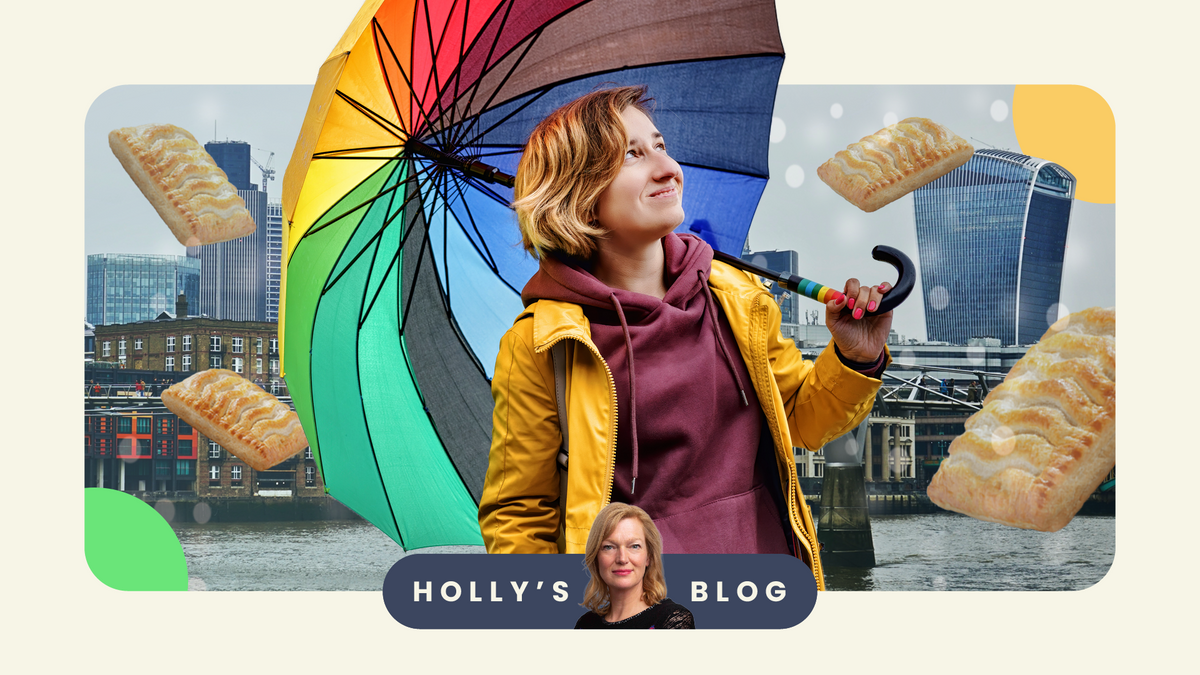
One article caught my eye this week. The US trader who saw the 2008 financial crisis coming, and was subsequently made famous in the film The Big Short, has made another huge bet on the bottom falling out of the US stock market.
I haven’t watched much of The Big Short. In part, I have the attention span of a gnat, and find it difficult to sit through most films which all seem to be an hour too long. And in part Margot Robbie lolling around in the bath annoyed me. BUT… more importantly, when such a well-known prophet of doom bets $1.6 billion Big Ones that things are going to tank, it’s worth asking why.
This is the news that trader Michael Burry’s firm has bought put options on both the S&P 500 and the more tech-heavy Nasdaq.
Put whats?
A put option is buying the right to sell something at a fixed price in the future. These came about as a way for businesses to protect themselves from falling prices.
Here’s an example. Imagine you run a merch business in Australia and you have a warehouse full of ‘Go the Matildas’ mugs. On your way home earlier this week you saw England training and started to worry that they looked very strong, and the Matildas were on their way out. You could phone up a more optimistic supplier, talk up the chance of a first ever Aussie World Cup final appearance this coming Sunday, and get them to agree to buy your warehouse of mugs for $5 a piece on Saturday. Then when Australian enthusiasm for football waned like a popped kangaroo, you could force the supplier to buy your mugs for $5 even though they’d struggle to sell them for $1.
These private deals, which are centred on future moves in price, are known as ‘Over The Counter’ derivatives. Or OTCs. For more standard and common bets, you can buy these options on the stock exchange.
Options are hardcore
Buying options as a lil’ old investor at home is very high risk. They remind me of that nursery rhyme – “When she was good, she was very, very good. And when she was bad, she was horrid.” The reason is that you can buy the option to do something at a fraction of the cost of buying the thing, so everything is magnified! Both pain and gain. Let me explain that better.
Let’s say I think that the whole country is going to go on a health kick and say ‘No’ to Cheese and Onion slices. I might buy a put option on Greggs. Buying a share in Greggs costs about £26. Buying an option would cost a lot less. So you get lots of exposure to movements in the share price, without needing to stump up all the money to buy the shares. If your bet goes wrong, it goes horribly wrong. If it goes right, you swan around like Lady Muck.
Your options
With lots of warnings and red flashing lights, if you do think that things look overcooked in the States, you are not alone. An S&P 500 Short-term Futures fund (VILX) and a NASDAQ short fund (QQQS) have recently appeared in the best-selling ETFs lists we compile across major platforms. You can buy these and make money if and when these markets go down in value. As ever, using a fund broadens your exposure away from single bets, but these are hardcore options - so do your homework and treat with caution.
On a final note, one of the benefits of active funds is that skilled fund managers can always attempt to swim against the tide and find opportunities in any environment. If you’re interested in a view on where opportunities might lie in the US, this piece from BlackRock is worth a read.
Have a great weekend everyone. I’m going to be making plum jam and cleaning out the loft. And maybe popping to Greggs now that I am thinking about pies! Yes, my friends, that is how I roll. We’ll be taking a break next week and will be back in September.
Holly
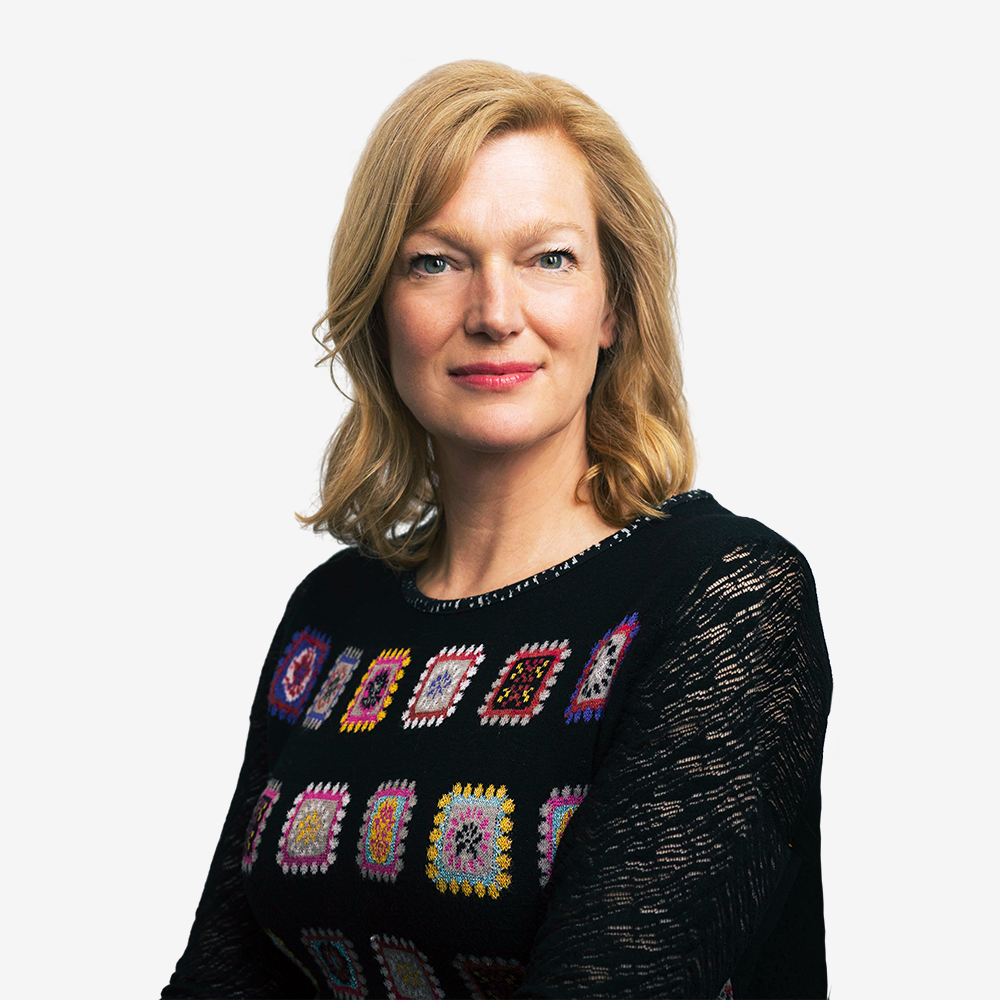
Want to get Holly's weekly blog straight to your inbox?
Already have an account? Login
